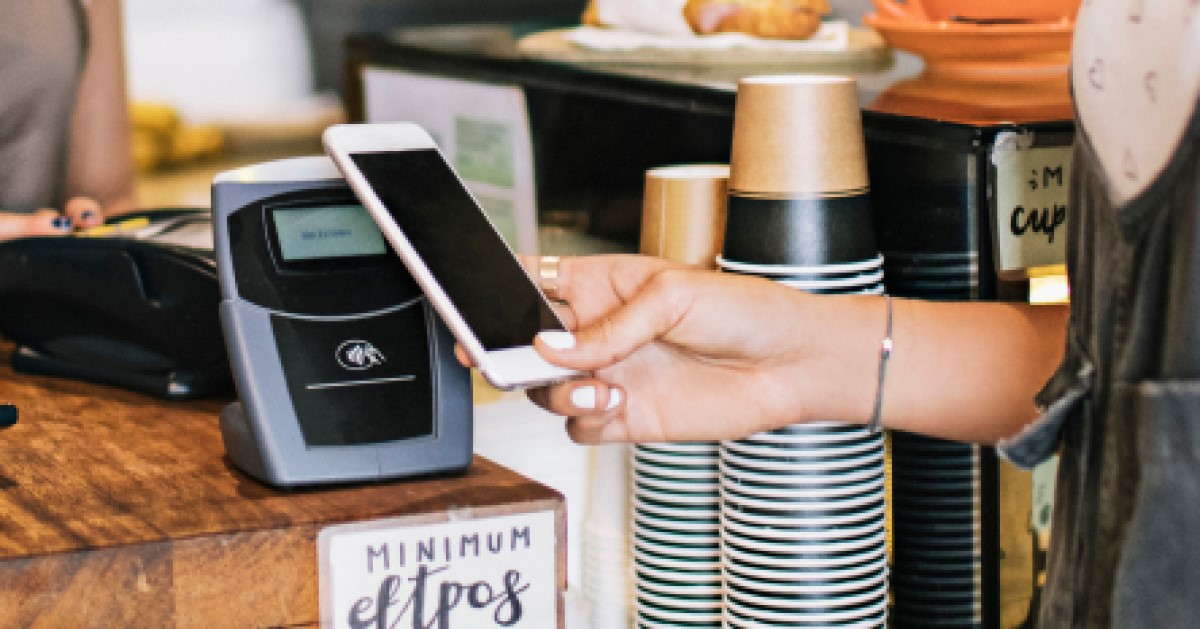
Customer loyalty programs operate on a general principle: customers enjoy earning benefits for shopping, and merchants gather data to improve customer loyalty. In the latest Carat Insights findings we analyzed over $3 trillion in payments data, combined with a consumer survey of 2,200 Americans to understand how and why payment methods have changed, from the start of the pandemic in Q1 2020 to today in Q3 2021.
This article provides detailed insights that merchants can leverage to understand the current state of customer behavior and how to design more effective loyalty programs.
What is the current state of loyalty programs?
Loyalty programs provide a mechanism for brands to build customer loyalty. Our data reveals key insights into the landscape today:
- Customers with higher income and higher education are the most likely demographics to join a loyalty program:
- Customers who have $100,000+ income, Post-Graduate and Bachelor’s degrees are the most likely to join.
- 70% of retail customers do not join a loyalty program, but those who do have a variety of reasons for joining:
- 54% of customers who join a loyalty program cite the importance of quantity of offers, and 42% name quality of offers
- 28% of customers who do not join a loyalty program point to lack of quality, and 22% note lack of quantity
- Point programs are the most widely used loyalty strategy by merchants, and therefore most familiar to customers
So, how do you go about implementing an effective customer loyalty program? With three simple principles - focus on the customer, make it social, and encourage repeat business.
1. Being Customer-Centric
Your business can reach more customers and increase engagement with a program that tailors specific benefits based on your customer’s demographic and focuses on their perception of value.
Instead of taking a one-size fits all approach, merchants should tailor their loyalty program to specific customer segments.
- Customers who are younger and with less income are using their debit cards to help them budget. This segment is more likely to join a loyalty program with immediate cost savings (example: “get 10% off your next coffee”).
- Customers with higher income and graduate degrees are more likely to use credit cards because they want to take advantage of additional benefits. These customes are more likely to join a loyalty program that rewards them more for increased spend (example: “buy 4 coffees get the 5th free”).
- This customer segment is also more likely Buy Now Pay Later (BNPL) installments. Consider offering store credit cards, BNPL, and ensuring customers can earn points using these payment methods.
Additionally, customers need to easily understand and clearly quantify the value they receive each time they shop, dine, and travel.
- It is more effective to provide a reward with an immediate and clear value. For example, instead of telling a customer they received 500 points, merchants should tell customers they’ve earned $5.00 off their next purchase (example: Kroger’s Fuel Points program).
- Consistently reinforce the value of loyalty during each customer interaction. For example, print the amount of money saved as a result of participating in your loyalty program onto the receipt, allowing customers to clearly see the benefit in shopping with you.
2. Be Social
Businesses can encourage customers to connect with others and boost marketing efforts by leveraging the power of social networks – both online and in-person. By offering more opportunities for consumers to elevate their personal brand, businesses are encouraging social sharing by their most loyal customers.
Customer status is a key component of loyalty, and giving customers the opportunity to tout their “platinum rewards” or achieving a new tier provides an opportunity to amplify your brand.
- 29% of customers will join a loyalty program for members-only access and benefits
- By structuring loyalty programs in tiers based on spend, you can entice repeat business by encouraging customers to reach the benefits at the next level and maintain their status year after year (example: Delta SkyMiles program)
- 31% of customers will join a loyalty program for exclusive social status
- When a customer reaches a new level or earns a reward make it easy for them to share the news with their friends, further promoting your brand across more channels (example: Venmo & Chipotle)
3. Be Engaging
Businesses can encourage repeat customers by consolidating earned loyalty across your brands/services and prompting customers to move through and repeat the “earn-spend-promote” cycle. Case-in-point, by consolidating loyalty programs, you are:
- Making it easier for customers to bring together their earned loyalty across your brands/services to access greater rewards. This also gives you an opportunity to promote all of your brands/services.
- Keeping your business top of mind with customers and encourage frequent returns by making it convenient for customers to claim benefits across your brands/services (example: “use rewards at any of our locations”)
Lastly, a fundamental component of a strong loyalty program is consistent engagement from your customers. Businesses should look for their loyalty program to be integrated across all aspects of their customer engagement platform, promoted in-store and digitally, and used by their customers during all purchasing interactions.
- Encourage customers to not just earn, but to continuously spend their benefits. Focus on reinforcing the “earn-spend-promote” cycle with customers. This creates more opportunities for you to build better customer relationships and develop loyal brand advocates who can help extend your reach.
- Within the past three months, customers who participate in loyalty programs made more frequent purchases than non-loyalty members
- Dining – loyalty members (84%), non-loyalty members 63%)
- Travel - (loyalty members (55%), non-loyalty members 22%)
- In-person entertainment - loyalty members (62%), non-loyalty members 33%)
- Loyalty members anticipate making more frequent purchases in Q4 2021
- Dining – loyalty members (85%), non-loyalty members 67%)
- Travel - (loyalty members (58%), non-loyalty members 33%)
- In-person entertainment - loyalty members (67%), non-loyalty members 43%)
Visit carat.fiserv.com learn more about Carat’s Customer Engagement solutions.
Source: Carat Insights Report and Fiserv data




